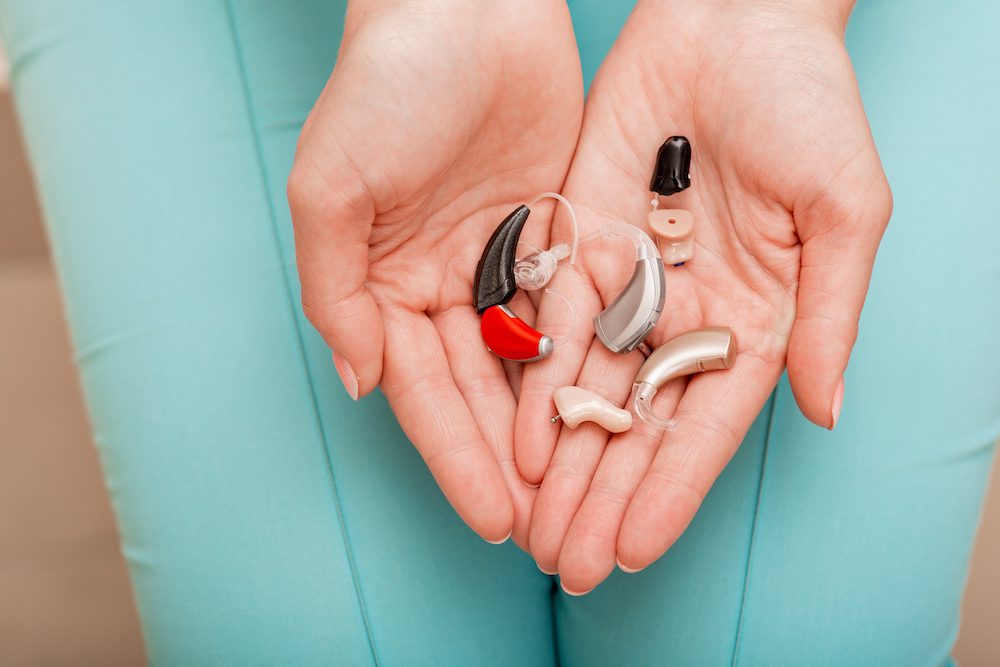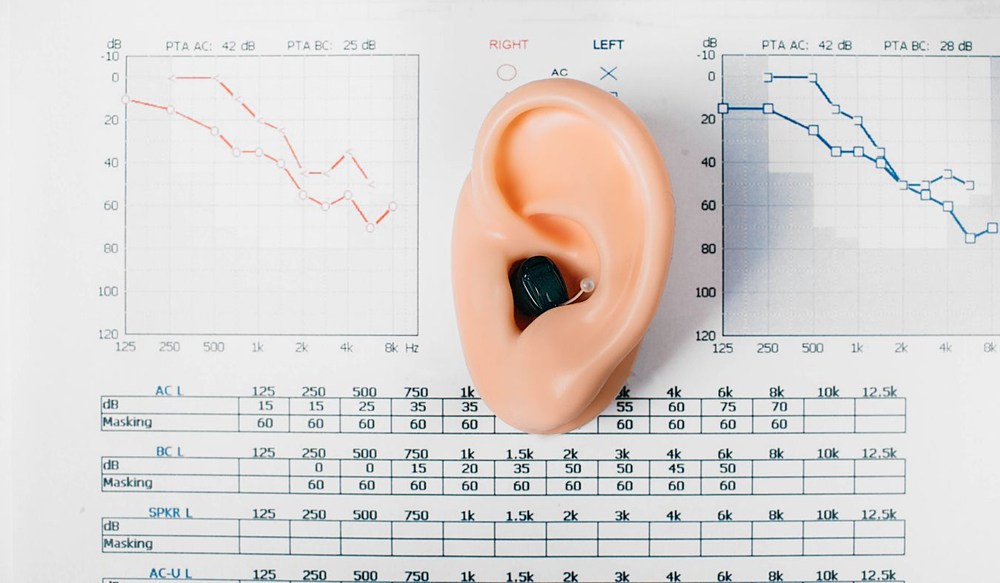How Frequently Should You Get a Hearing Test?
In our fast-paced world, it’s easy to overlook aspects of our


In our fast-paced world, it’s easy to overlook aspects of our

Taking care of your hearing aid may bring up some questions, especially

Have you recently scheduled a consultation with an audiologist? If so, you